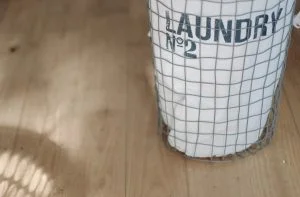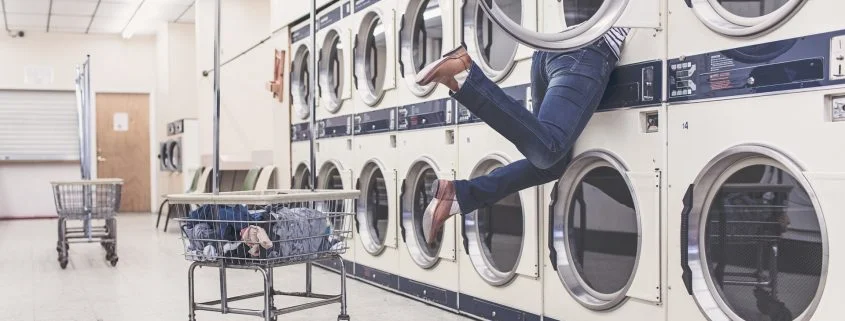Laundry Nightmares – How to Clean Up After Lice
Does running something through the wash ensure that any lice or lice eggs are killed?
Do you need to use a special detergent to kill lice?
Will the lice survive anything short of spraying everything down with bug poison!?!?
The answers to these questions are actually quite simple. However, before you get to doing the laundry be sure that you are dealing with a confirmed infestation. It is surprisingly common for people to think they have lice when, in fact, they do not. Take your time to be sure you are dealing with an active infestation before you worry about clean up.
If you have been looking at any of the articles on this site, you know about the great treatment that the Lice Clinics of America offer. Once you have a confirmed infestation, it is important to deal with the primary source of the lice (the infested head) before you get to cleaning up around the house. After treating the infestation in a way that kills both the lice and nits (eggs) then you are ready for cleaning up the things around the house that have come in contact with the infested head.
What to Wash
First of all, it is not necessary to wash everything in your entire house. Lice cannot survive very long off the head of their human host. Therefore, lice are not trying to migrate around and overrun your house. There is no need to do some sort of a bug bomb that treats your entire home.
Instead, you simply gather up the clothes, bedding, towels, hair accessories, and brushes that have come into contact with the infested person. Once you have gathered all of these things together, you can begin the cleaning process.
Washing Procedure
The washing procedure is surprisingly straightforward. There is no need for special chemicals or detergents to kill the lice. You don’t need any unusual equipment or special training. The primary weapon against these bugs is…heat. Washing anything that has come in contact with the infested person in water that is at least 130 degrees fahrenheit is enough to kill these bugs.

If there is anything that cannot be washed or soaked in hot water then it can be stored in a sealed plastic bag for two weeks.
For your convenience here is exactly what the CDC recommends.
- Machine wash and dry clothing, bed linens, and other items that the infested person wore or used during the 2 days before treatment using the hot water (130°F) laundry cycle and the high heat drying cycle. Clothing and items that are not washable can be dry–cleaned
OR
sealed in a plastic bag and stored for 2 weeks.
- Soak combs and brushes in hot water (at least 130°F) for 5–10 minutes.
- Vacuum the floor and furniture, particularly where the infested person sat or lay. However, the risk of getting infested by a louse that has fallen onto a rug or carpet or furniture is very small. Head lice survive less than 1–2 days if they fall off a person and cannot feed; nits cannot hatch and usually die within a week if they are not kept at the same temperature as that found close to the human scalp. Spending much time and money on housecleaning activities is not necessary to avoid reinfestation by lice or nits that may have fallen off the head or crawled onto furniture or clothing.
As you can see, you don’t need any special tools or training. Head lice are adapted for living on a human scalp and not anywhere else. So once it is time to clean up, you can rest assured that some simple cleaning is enough.
The Initial Treatment
Once again, the clean up and laundry is only helpful if the infestation has been taken care of. Lice cannot continue to multiply their population on a pillow or in the carpet, they need the human head. The Lice Clinics of America offer a quick and easy solution that takes all the worry out of treatment. There are no chemicals used in the process so there are no side effects for the person or the environment. In addition, both the lice and nits are killed, and it only takes about 90 minutes. Call your nearest clinic and take the first and most important step toward completely removing your lice problem.










